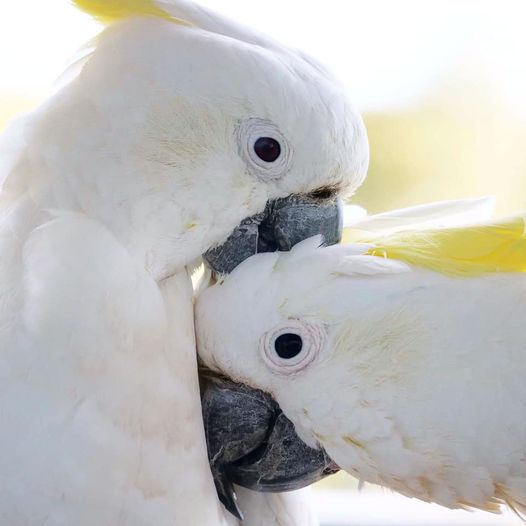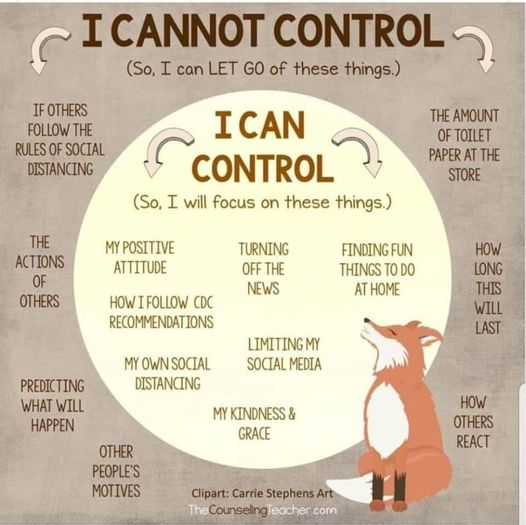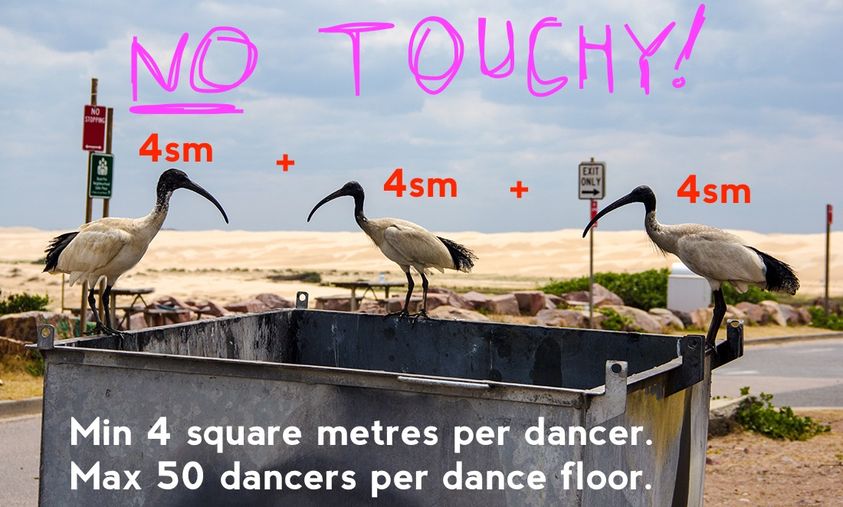…just some random thoughts from a discussion on fb that i’m posting here to keep track of.
If big dance events that were held over new year could collect accurate covid infection stats, it’d be super interesting to compare these with other sample groups. 1 in 5 is lower than omicron in Sydney at the moment, so I suspect it was higher at Focus. But if it was lower, that’d be pretty interesting… maybe because it was mostly local people, we’d see a lower rate of infection?
The issue, though, is that an event like Focus brings together people from separate networks of people. ie we live and interact with a limited number of people in our day to day life (friends, family, workmates, shop keepers, etc). The big issue comes not when we interact with them, but when networks interact. So if you and I went to Focus, I’d be exposing you (and your network) to the germs of my network (and vice versa).
I’m interested in how the statistical side of things (numbers) works in cooperation with the social side of things (the ways people interact, and how relationships determine who we’ll interact with). Here in Australia, the govt health advice has been based on:
1) states (ie mid-level government borders of responsibility),
2) local government areas (ie groups of suburbs),
3) households (nuclear families in particular) in free-standing houses, and
4) workplaces.
ie we are divided up by government powers, labour practice, and patriarchal ideas of the ‘family’. So restrictions are put in place to open or close state borders (and our states are geographically massive, but very low population density), to enforce lockdowns or restrict gatherings in local communities. Contact ‘bubbles’ are defined by households (ie an actual house) rather than apartment block. Allowable activities are also defined by houses rather than apartments (eg ‘kids play in your yard’ rather than ‘kids play in your local park’).
We’ve seen these divisions collapse when it comes to people who don’t fit into the white, heterosexual, monogamous middle class parents model. ie most people don’t fit into these categories. Most people actually are: engaged in extended family networks, are in precarious employment, aren’t in a monogamous heterosexual nuclear family, etc etc. The higher rates of transmission happen in places like apartment blocks, and in extended families, whereas the govt advice has focussed on how to behave in free standing houses, nuclear families, and fixed workplaces.
We know it’s more useful to think of people as part of the relatively stable networks of family+friends+work I described above, than the ‘household’ or ‘individual’ . The networks are bigger than a nuclear family unit, but they’re also more stable; we tend to max out at a specific number of contacts. And if we think in terms of networks, we can account for extended families, networks of care (eg neighbours caring for neighbours, friendships, sexual partners, etc) and get a more accurate picture of how real people interact (the nuclear family model just doesn’t account for the majority of relationships).
We can apply this idea to dance communities. We all operate within local dance communities (eg I’m in the inner west of Sydney, in NSW, in Australia), and that community network includes musicians, DJs, dancers, venue operators, _and_ my family and friends. But when we go to exchanges, my local network interacts with other people’s local networks.
As dancers, we already think about this interaction of networks: we are all pretty good at identifying someone’s home town by the moves they dance, the shape or aesthetics of their dancing, the music they like or dance to (eg fast or slow) _and_ markers like ethnicity, etc. Even at our most athletic, we can only partner dance with about 40 people in 2 hours of dancing, max (so long as there are no birthday jams!), but are more likely to dance with between 10 and 20.
But when we go to weekend events, we dance for far more hours, with far more people. Each of us, individually, represents a different local network as well as a local dance scene. So when we interact at an exchange, we are exposing ourselves to far more germs. Or increasing the chance of catching covid.
Our state govt has just added a restriction on dancing, where our public health officers Kerry Chant explained that dancing (ie solo dancing) brings us into contact with more people, in closer contact. ie the stuff that makes dancing feel wonderful is also what spreads covid 😃
Bizarrely, years ago I did a conference paper on the way f2f and global networks interact at exchanges. The thing about lindy hop is that we _must_ interact physically – dance – as part of the community. When we travel to dance, we expand that network of physical contact.
In the lindy hop world, that network of contact spreads dance skills, aesthetics, moves, rhythms, ideas, friendships, sexual relationships, etc. But in the covid world it also spreads…covid. Because the lindy hop world is designed _specifically_ to enable that f2f physical contact, it’s as though we built a machinery specifically designed to spread covid.



